Things about Pressure Washing
Table of ContentsThe Facts About Pressure Washing Revealed5 Simple Techniques For Pressure WashingThe Best Strategy To Use For Pressure Washing
Due to the fact that the water is traveling quickly, it strikes the dirty surface area with high kinetic energy, knocking dirt as well as dust away like a consistent rain of small hammer strikes. It's only water, however, so it does not harm most hard surface areas. Having claimed that, it's a good suggestion to examine a stress washer on an inconspicuous area before you start work to make sure it does not harm the surface area you're cleaning up.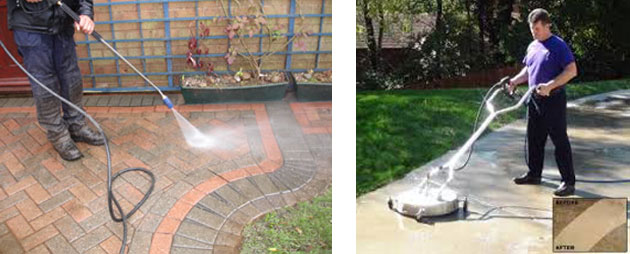
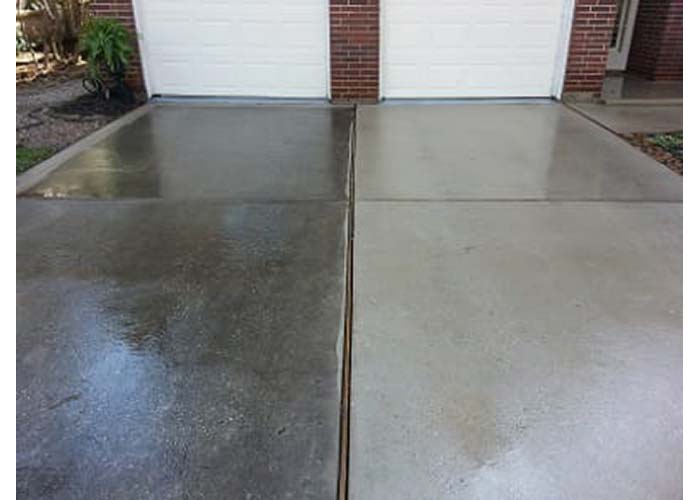
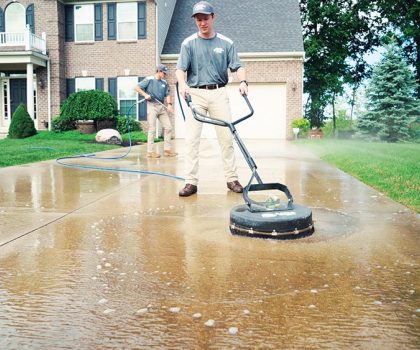
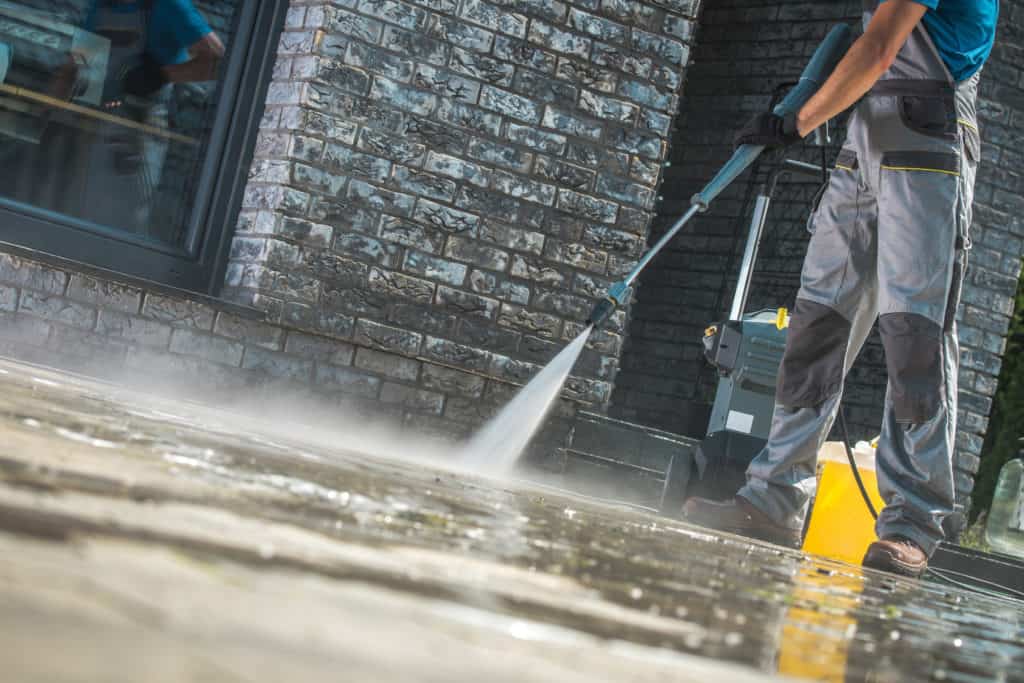
Gas engine versions are wonderful if you're functioning outside in position where an electrical power supply is tough to discover (or where a lengthy routing cable would be harmful or inconvenient). The motor or engine is created to power the water pump. Photo: Although domestic stress washing machines are generally powered by electrical energy, larger ones are often driven by tiny gasoline engines and generate substantially more effective water jets. It's a bit like a hand-operated ground-water pumponly it's driven at high speed by the electrical motor (or gas engine) instead of your hand. When the engine draws the pump one way, it sucks water in from the tap; when it presses the pump the other way, the water squirts out in a high-pressure jet.
High-pressure hose pipe: This is television that goes out from the washing machine to whatever cleansing add-on you've made a decision to utilize. An average little bit of tubing would not be able to make it through the high-pressure of the water streaming through it. High-pressure pipe is reinforced with cable mesh as well as has two or more layers of high-density plastic.
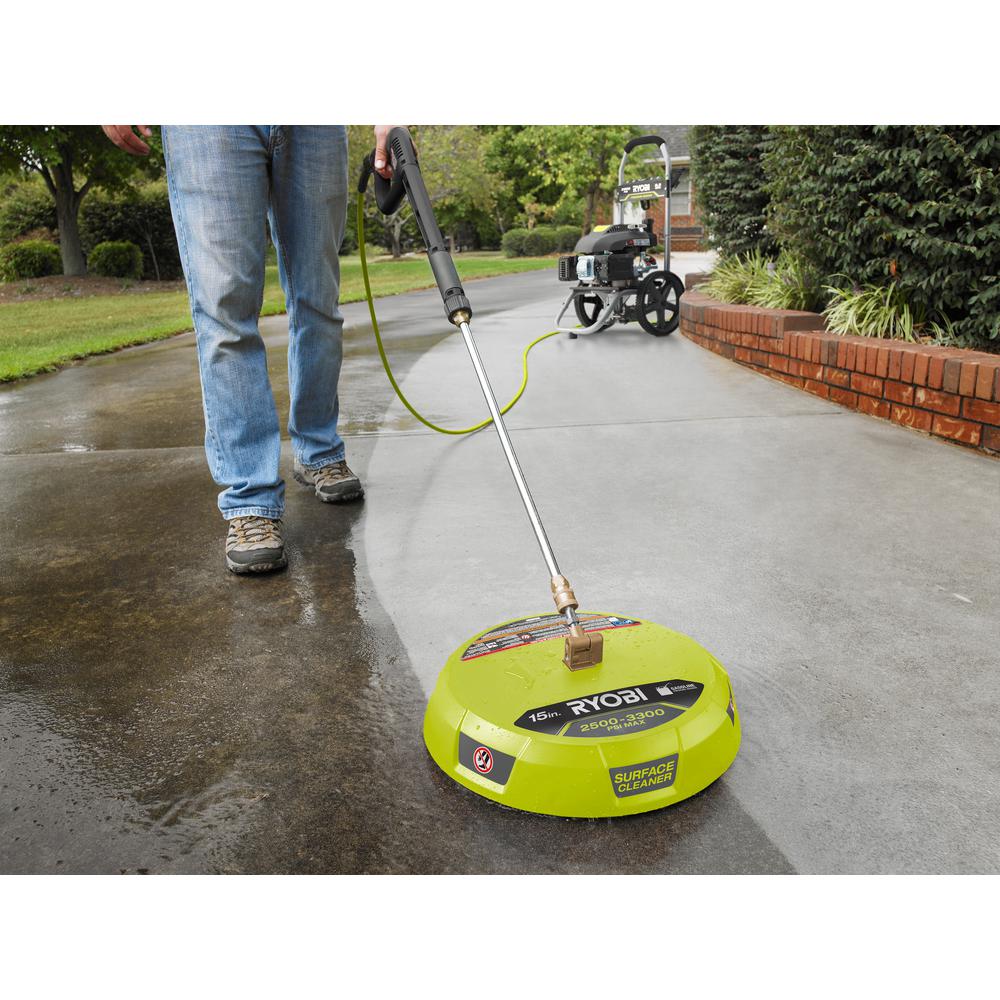
The Definitive Guide to Pressure Washing
Photo: The trigger weapon from a Krcher stress washer. The reinforced, high-pressure hose runs up inside the plastic housing, through a valve, and out of the open end on the right. Some stress washing machines have additional functions. Water as well as electrical energy are not a good mix, a lot of power washers have ground-fault breaker, likewise understood as recurring current tools (RCDs), built into the power supply to protect you in instance of an electrical mistake.


Below's a fast summary of the standard concept: Detergent moves in from a bottle or container through one hose. Pressure Washing. Cold water streams in from a tap (tap) through one more hose pipe and also is filtered on the means in. An electrical motor or diesel motor powers the see this page washing machine. Powered by the engine or electric motor, a water pump (impeller) pulls in the detergent and also water and also mixes them with each other.
The pump sprays out the hot, soapy water through the enhanced, high-pressure departure tube (and whatever add-on is dealt with onto it). The narrow nozzle on these attachments helps to enhance the pressure of the water jet a lot more (Pressure Washing). The high-pressure of the jet not only cleans up better but indicates you're throwing away around 80 percent much less water than if you utilized an ordinary low-pressure hosepipe (which is much more cost-effective if your water is metered).
That's a widely simplified version; in truth, a pressure washing machine is quite a bit more intricate within. There are numerous pumps, for a start, and also for safety reasons quite a lot of interest is paid to maintaining the damp parts of the machine completely protected from all the electrical parts.
I have actually colored it as well as greatly streamlined the numbering so it's easier to comply with: Key external plastic housing (yellow). Electric electric motor (red). Shielding plastic aluminum foil (blue): This guarantees no water penetrates inside the electric motor. Central shaft of the motor rotates around at broadband, powering the water pump. Reciprocating water pump (gray): The motor transforms about (turns), yet the pump moves back as well as forth (reciprocates) to transform the water to a high-pressure jet.
Pump piston (orange): This is the chamber where water is pumped to high stress. Pipes (blue): This is where water is drawn in and also drained. You can locate a lot more detail about all the components and also exactly how they work by checking out United States License # 5,886,436: High-pressure cleansing apparatus (via Google Patents) by Josef Schneider et Source al, Alfred Krcher GmbH & Co., granted his explanation March 23, 1999.
A Biased View of Pressure Washing
Regrettably, the dirt has to go someplace, so think of where you're spraying and plan the instructions in which you're working - Pressure Washing. Picture by Charles D. Gaddis IV courtesy of US Navy. Stress washing machines can get points actually tidy, however they have a few issues too: They use a whole lot of water (usually 1.52 gallons per minute).